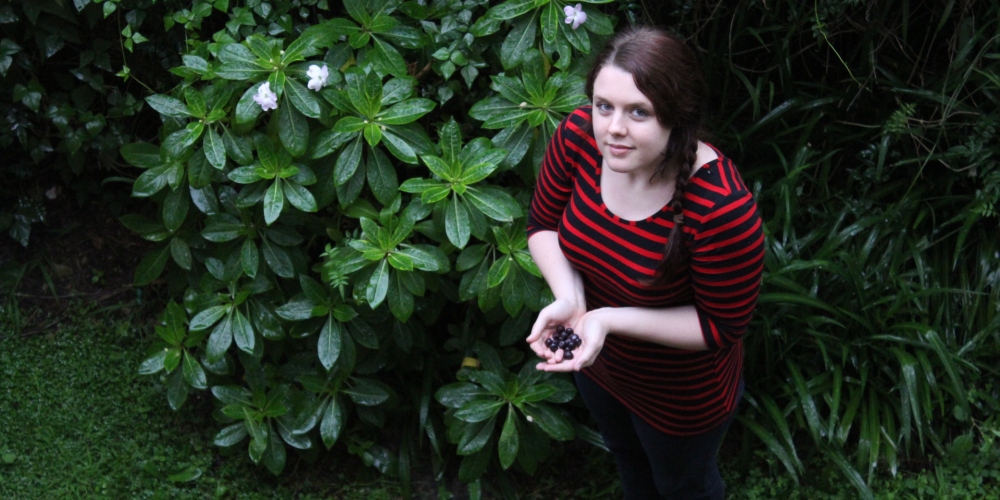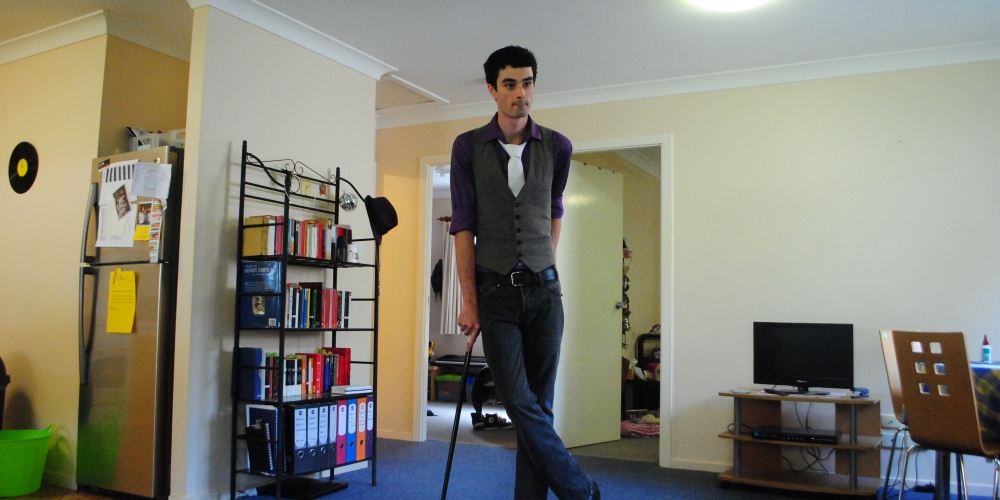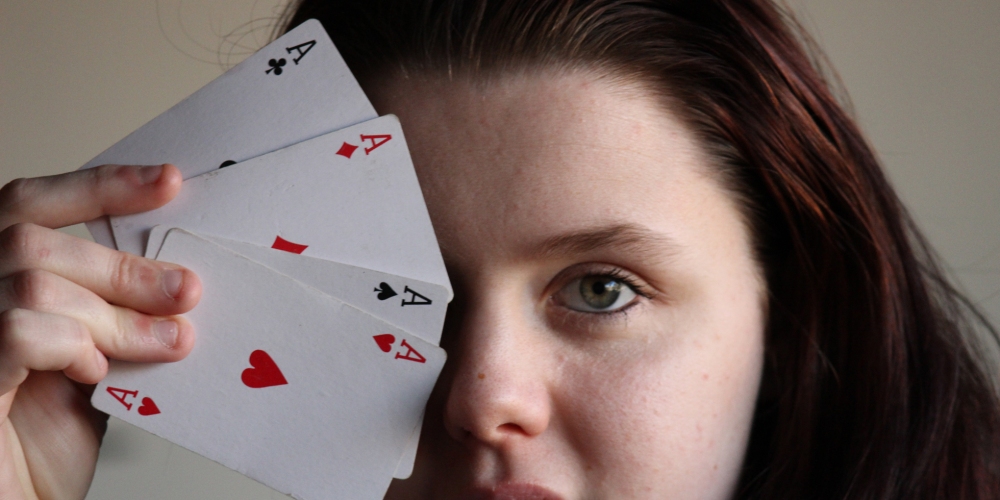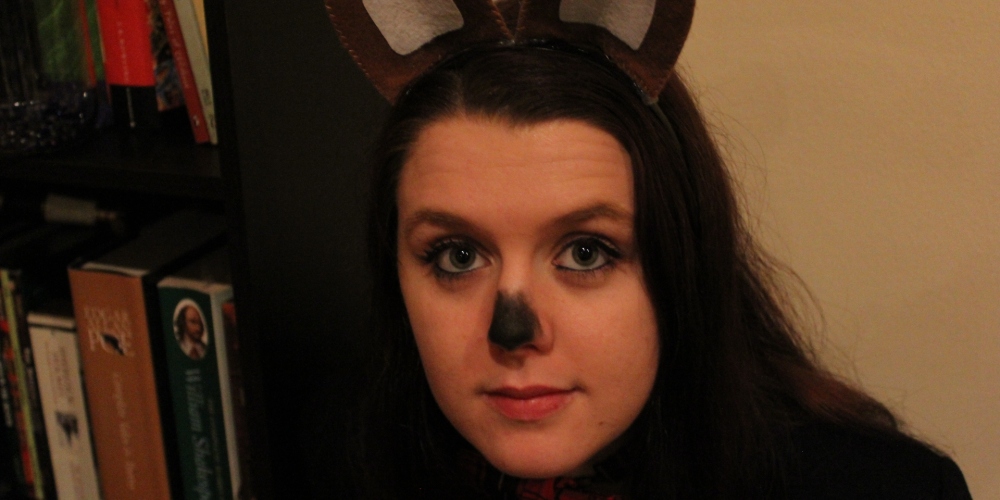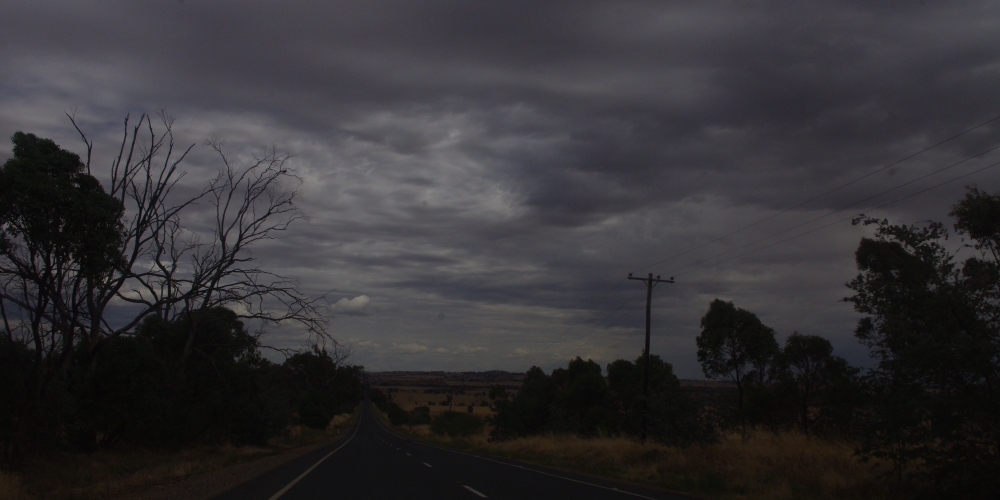Just like the first book, I made my way through the second book in the Hunger Games series in about 24 hours. Between the challenge and the exceptional writing, I feel like I’m flying through this trilogy and starting to realise I only have one book left.
Catching Fire was fantastic and confirmed that I will be singing the trilogy praise just like everyone else.
The plot is brilliant and kept me guessing up until the very end. There were so many twists, turns and details that it is not surprising that I will probably be reading this one again very soon to pick up what I missed the first time.
Just when I thought that everyone was safe, or everyone was doomed, another plot twist came in that completely changed the story and left me grappling for the next few pages, with the constant phrase, ‘Just one more chapter’.
Like the first, the pacing and timing of these plot twists and the tension is brilliant and keeps you reading until all hours of the night (I may have continued reading until 3am to finish this one).
It was also a very easy story and world to jump back into. Suzanne Collins makes it particularly easy by recapping small details covered in the first book through quick, short reminders. It meant that those of us with bad memories were able to quickly immerse ourselves back into certain customs, characters or events in the world without taking up a lot of time.
It also means the books can stand alone outside the trilogy and probably easily readable without the knowledge of the first (however, I think I can safely say, if you’ve read the second without the first, you will backtrack!).
I found I connected easily with the characters and slipped right back into my attachment for them. They continued to develop and change rather than remaining the same as the first book which only made me love the characters and the author more.
In this one, I also liked the development of the Gale and Peeta conundrum. I was a little reluctant about this aspect of the plot and had anticipated it may be underwhelming or irritating, (or at worst, come across a little Twilight-ish), however I found myself deep in confusion for Katniss.
I will be the first to admit, it really didn’t take me long to figure out who I would choose (Peeta’s too much of a sweetheart not to!), but it did develop the relationship between Katniss and Gale and develop the complexity of the problem, both emotionally and practically. I also liked the Katniss reaction to it all, which was guided by practicality as well as emotions which I think is realistic and necessary to the characters and the plot.
My final favourite part of this book was the mental and emotional effects of the Games and the different ways they came through in each of the victors. This book had more surviving victors and was able to really explore the psychological effects of the Games and the Capitol. From alcoholism and drug abuse, to post traumatic stress disorder and mental instability, the book really looked at whether it is better to have died in the arena or survived to live as a victor. I just thought this was a really realistic element that needed to be explored and created more connection with the characters and intensity in the plot.
Just like the first book, I loved every minute of reading this one, but brace yourselves for the end, because I was not prepared and it hit me like a tonne of bricks.
From the girl who is now desperately in love with a fictional boy (again),
The Cat

